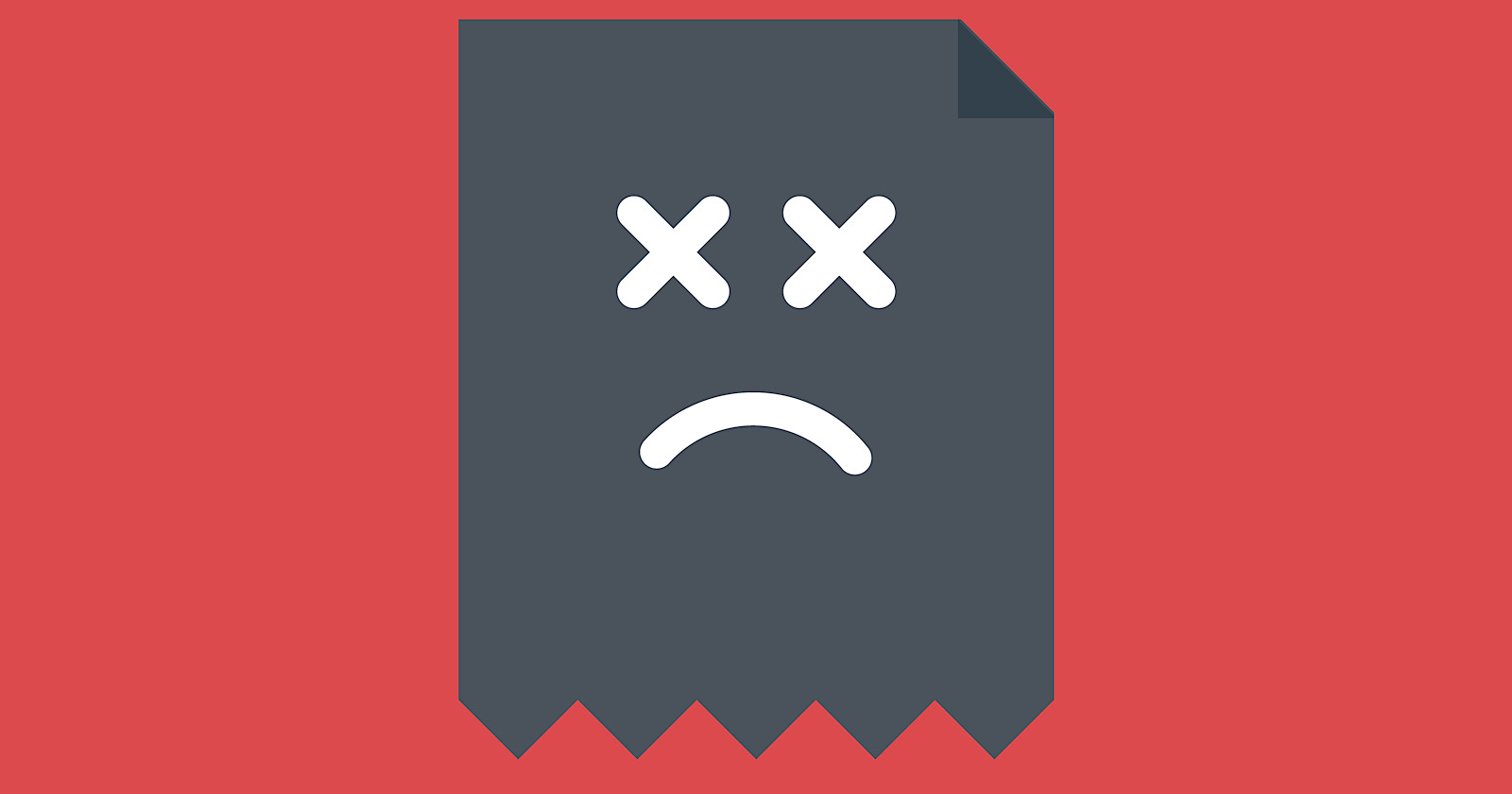Google has published a new help document explaining how different HTTP status codes affect how a site appears in search results.
A recent tweet suggests Google’s Gary Illyes had a hand in putting this document together.
This is the new guide to reference when you’re unsure how a particular status code impacts SEO.
Let’s take a look at what’s included in Google’s new guide for site owners and developers.
Much of this may be familiar to you already, but it couldn’t hurt to refresh your knowledge of status codes with the most recently available information.
How HTTP status codes affect Google Search
Google’s new document covers the top 20 status codes that Googlebot encounters on the web, and the most prominent network and DNS errors.
HTTP status codes are generated by the server hosting a site when content is requested by a browser or crawler.
For example, if a browser requests content that’s no longer hosted on the server, then a 404 (not found) status code will be generated.
The first number of the status code indicates what category it belongs to. All 2xx codes refer to successful crawling, all 3xx codes refer to redirects, and so on.
Rather than going through all 20 status codes I’ve pulled together the key takeaways for each category.
HTTP 2xx (success)
These codes mean Googlebot can crawl the content and pass it on to the indexing pipeline.
Google makes a point of noting that an HTTP 2xx status code doesn’t guarantee indexing, it simply means there were no errors encountered.
The exception is a 204 status code, which means the page was successfully accessed but no content was found.
Google may show a soft 404 in Search Console for pages serving a 204 code.
HTTP 3xx (redirects)
Not all redirects are equal.
An HTTP 301 status code sends a stronger signal than a 302, 303, or 307 code in terms of which URL should be considered canonical.
A 304 status code signals to Google that the content is the same as last time it was crawled. It has no effect on indexing, but may cause the signals for the URL to be recalculated.
What happens if the redirect doesn’t work?
Googlebot follows up to 10 redirect hops before it stops trying.
If the content isn’t received within 10 hops, Search Console will show a redirect error in the site’s Index Coverage report.
HTTP 4xx (client errors)
Pages that return a 4xx status code are not considered for indexing in Google’s search results.
All 4xx errors, except 429, are treated the same. They signal to Googlebot that the content doesn’t exist. If the content previously existed, the URL will be removed from Google’s search index.
A 429 status code means Googlebot couldn’t access a URL because the server is overloaded. Those URLs will be preserved in Google’s index.
HTTP 5xx (server errors)
5xx server errors prompt Googlebot to temporarily slow down with crawling.
Previously indexed URLs which now have a server error will eventually be dropped if they continue to serve a 5xx status code.
For more detail about these server errors, and information on DNS and server errors, see the full Google help document.





